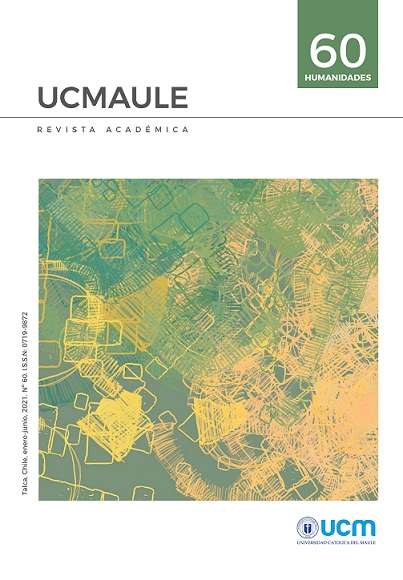Epidemiología neonatal de la migración
##plugins.themes.bootstrap3.article.main##
Resumen
La inmigración a nuestro país ha significado cambios epidemiológicos en el Hospital de Linares, motivo de este estudio. Se busca conocer los cambios epidemiológicos de Unidad de Parto (up) y de Neonatología (un) de un Hospital de Alta Complejidad. Para la metodología se analizaron registros de pacientes haitianas y sus neonatos entre 2016 y 2018. Se utilizaron estadígrafos descriptivos y compararon con chi-cuadrado. Se encontró que de un total de 6.911 pacientes, había 81 mujeres haitianas ingresadas a up y de 1.499 neonatos que se hospitalizaron en un, 31 eran haitianos. Se observó un aumento de mujeres haitianas a pesar de la disminución global de los ingresos. Consecuentemente hubo un aumento en las hospitalizaciones de neonatos hijos de madres haitianas, a pesar de una disminución global de hospitalizaciones en la un y en mayor porcentaje en comparación a hijos de mujeres de otras nacionalidades. Los principales diagnósticos de neonatos haitianos fueron peg severo (25 %), hipoglicemia e hiperbilirrubinemia. Se encontró un aumento en días de estadía en relación a otras nacionalidades. Es llamativo el aumento de ingresos de pacientes haitianas, el alto porcentaje de pacientes peg severo y la mayor estadía promedio, probablemente debido a barrera idiomática y cultural que dificulta el seguimiento de las indicaciones médicas.


 https://orcid.org/0000-0001-7584-7968
https://orcid.org/0000-0001-7584-7968
